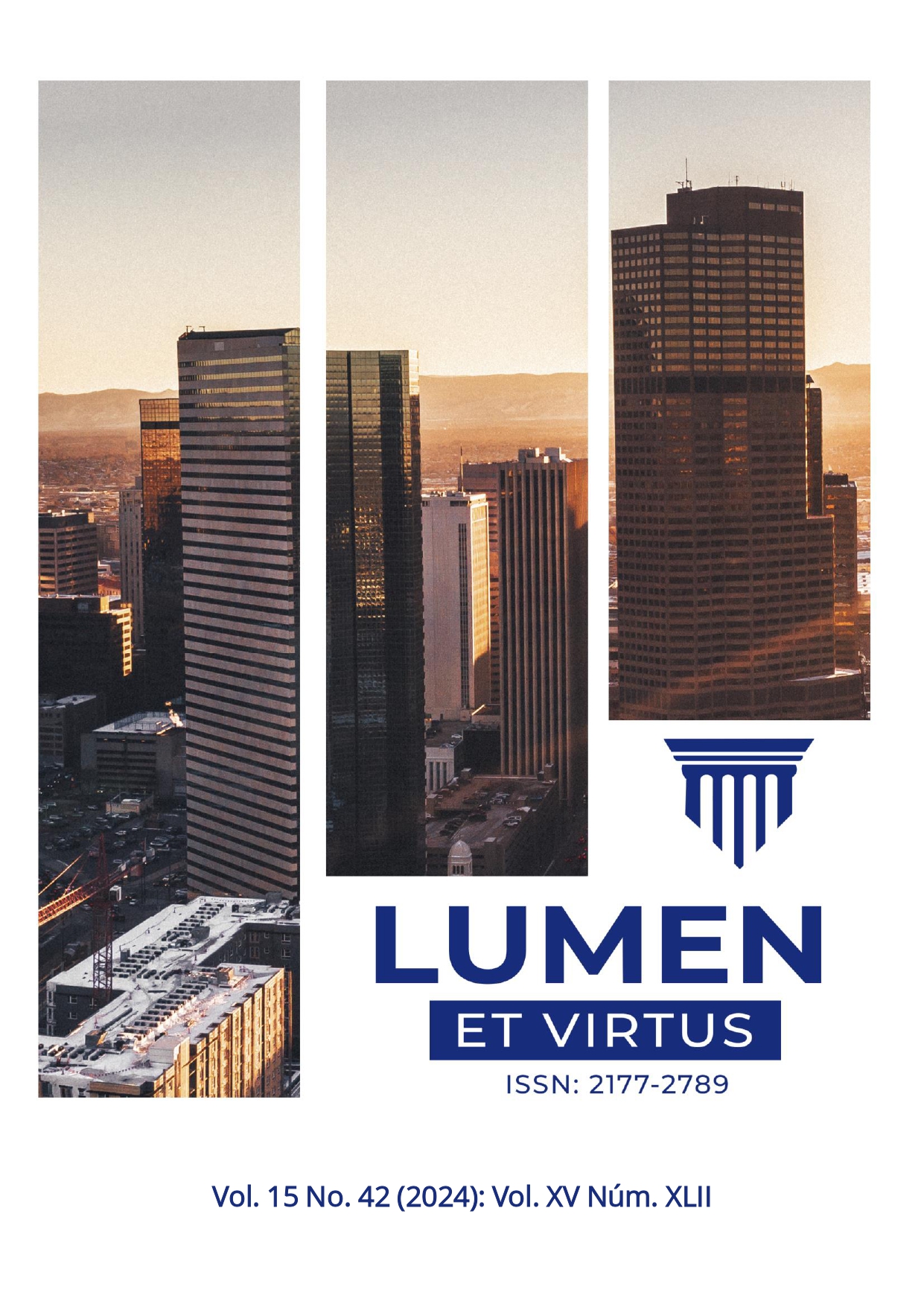DANCE AS AN ELEMENT OF BODY EXPRESSION AND PREJUDICE IN SCHOOL: AN ANALYSIS OF GENDER IN THE PEDAGOGICAL PRACTICE OF PUBLIC SCHOOLS
DOI:
https://doi.org/10.56238/levv15n42-020Keywords:
Dance, Expression, PrejudiceAbstract
Even before man presented his oral language expressions to communicate in society, he began his forms of manifestations, and expressions using the movements of the body. From a historical perspective, dance is part of many societies and cultures. From this junction of expressions, gestures and signs, man then presented various rhythms. In Brazil, dance was already present among the indigenous people, especially in the close relationship with nature. Thus, this research seeks to bring knowledge about the importance of dance in the individual's life and in the school area, considering that it is a complete physical exercise, which works on psychological, cognitive and motor issues in the development of movements such as balance, coordination, strength, speed and flexibility. Carried out in a municipal elementary school, with dance teachers and students, this research is exploratory with qualitative approaches. With the objective of problematizing dance in school classes, as an activity surrounded by prejudice. In view of the data presented, we can think about how much dance is still understood as a feminine practice, generating many discussions and prejudices in the school environment. To think about men in dance is to break the paradigms of a sexist and prejudiced society, making an analysis of a real scenario in public schools.





